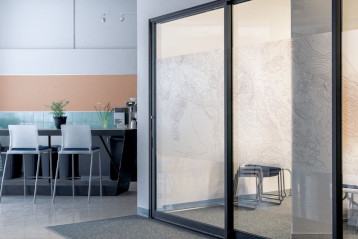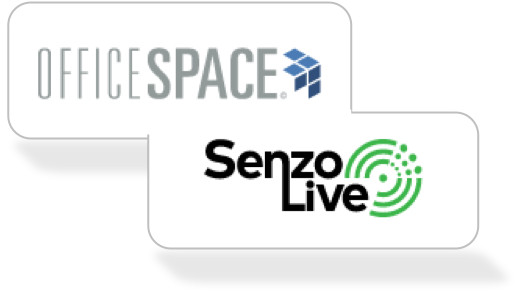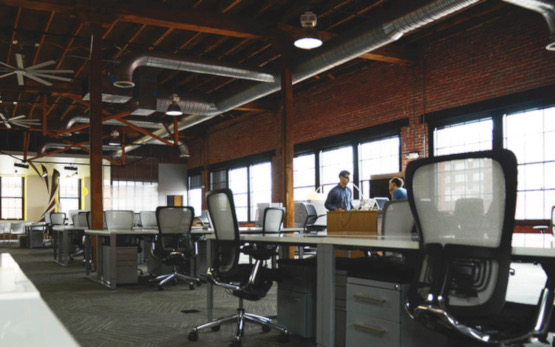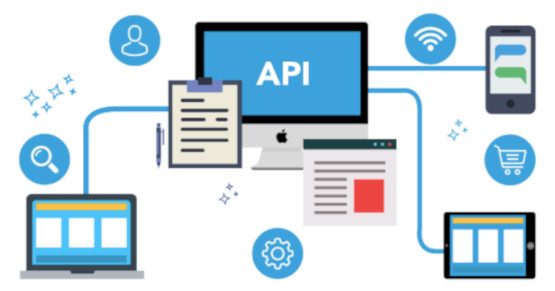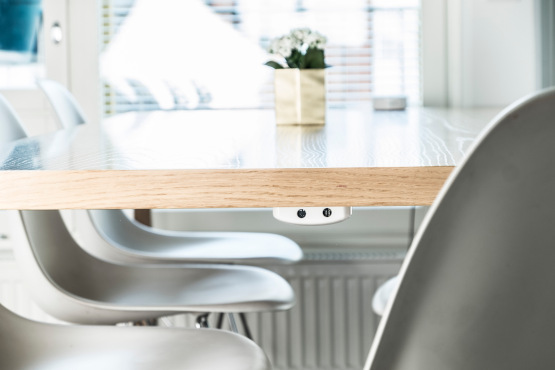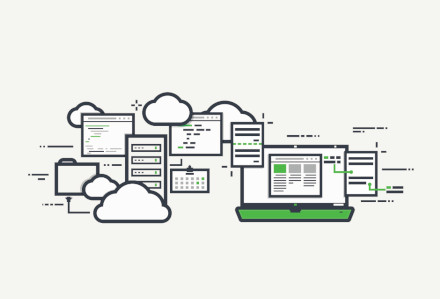Sensors and IoT in the workplace
There is a growing social responsibility for us to use our buildings efficiently and a study by Gensler found that 83% of executives rank the use of space as one of the most important metrics for making the correct decisions in the workplace.
Big Data and the Internet of Things (IoT) offer opportunities and insights to us that we would have never thought possible. This is especially true in the corporate real estate (CRE) sector with the variety of workplace sensors available. The actionable insights that can be generated from activity and traffic sensors provide massive benefits to employers in terms of maximization of cost efficiencies and employee productivity and experience.
- Temperature sensors allow one to regulate the temperature in the office and, should one require different areas to be at different temperatures, the temperature sensors can be configured to assist with monitoring this.
- Motion-detection sensors trigger workplace amenities - such as lighting and thermostats - based on the number of people in a particular room. These are similar to proximity sensors which trigger actions such as opening doors when an employee’s badge is presented in front of it.
- IR sensors are used for a variety of purposes. These sensors can assist with regulating the climate in your office so as to make the temperature optimal for the number of people in it. In addition, it can detect a gas leak and notify the facilities manager to attend to the leak.
- Gas sensors detect natural gases in the air as well as monitor the overall quality of the air. Should the air quality not be suitable, these sensors can be configured to rectify these levels in order to mitigate employee illness.
- Humidity sensors function in conjunction with the HVAC system in order to assist the facility manager to regulate climate control in the workplace.
- Smoke sensors provide insight into a fire in a building. First-generation smoke sensors only triggered an alarm to alert employees to evacuate. Newer generation smoke sensors can be configured to call the fire department as well as provide information as to where the fire started and how fast it is spreading.
And lastly and our focus at SenzoLive is Occupancy Sensors. Occupancy sensors in the workplace collect data regarding how much or how little the workspaces are used. This information is then translated into actionable insights that can be applied to the environment. These sensors are either active, passive or a combination of the two (hybrid):
- Active systems require users to manually input information into a system. An example of such systems is when a user is granted access to a building by swiping their access card or security badge.
- A passive system captures data automatically without needing the user’s input. Examples of such systems are passive infrared sensors (PIR) and IP address triangulation.
- Hybrid systems have features of both active and passive systems. An example could be when a user actively downloads an app and Bluetooth is triggered in order for a passive sensor to start gathering data from the user’s interaction with the app.
As a company, we focus not only on the sensor hardware but on what insights these devices can provide your business in order to help you maximise the efficiency of your CRE portfolio. Our bespoke software solution can be fully integrated into any:
- Third-party facilities and real estate software,
- Meeting room and desk booking systems,
- Building management to reduce energy supply and facilitating predictive facilities maintenance.
Big Data + IoT = a world of possibilities for CRE
With the General Data Protection Regulations (GDPR) which became law in May last year, data privacy has received renewed impetus with employees becoming more aware of their rights in this area. Thus, it is very important to assure employees that - when using sensors - their personal data is kept private.
We’ve had many successful use cases in terms of workplace sensors and the insights that we’ve been able to provide clients based on the data that we’ve gathered.
One which stands out for me is a case where we worked with CRE arm of a global IT company. They had implemented an activity-based desking policy and wanted to know what efficiencies were being generated as a result. Together with the occupancy sensors that we installed in two of their buildings and an employee survey, we were able to contribute to assisting the company in saving US$1.5 million per year as well as 50% in space efficiency.
In a recent report, Deloitte estimated that the use of sensors in the CRE sector is set to increase exponentially. It predicts that the use of sensors in the workplace will grow at a compound annual growth rate of 78.8% until 2020. This means that – in two years’ time – workplace sensors will number 1.3 billion. The amount of data that will be drawn from these devices is vast however, its value lies in their potential to improve our workspaces and its operations.




